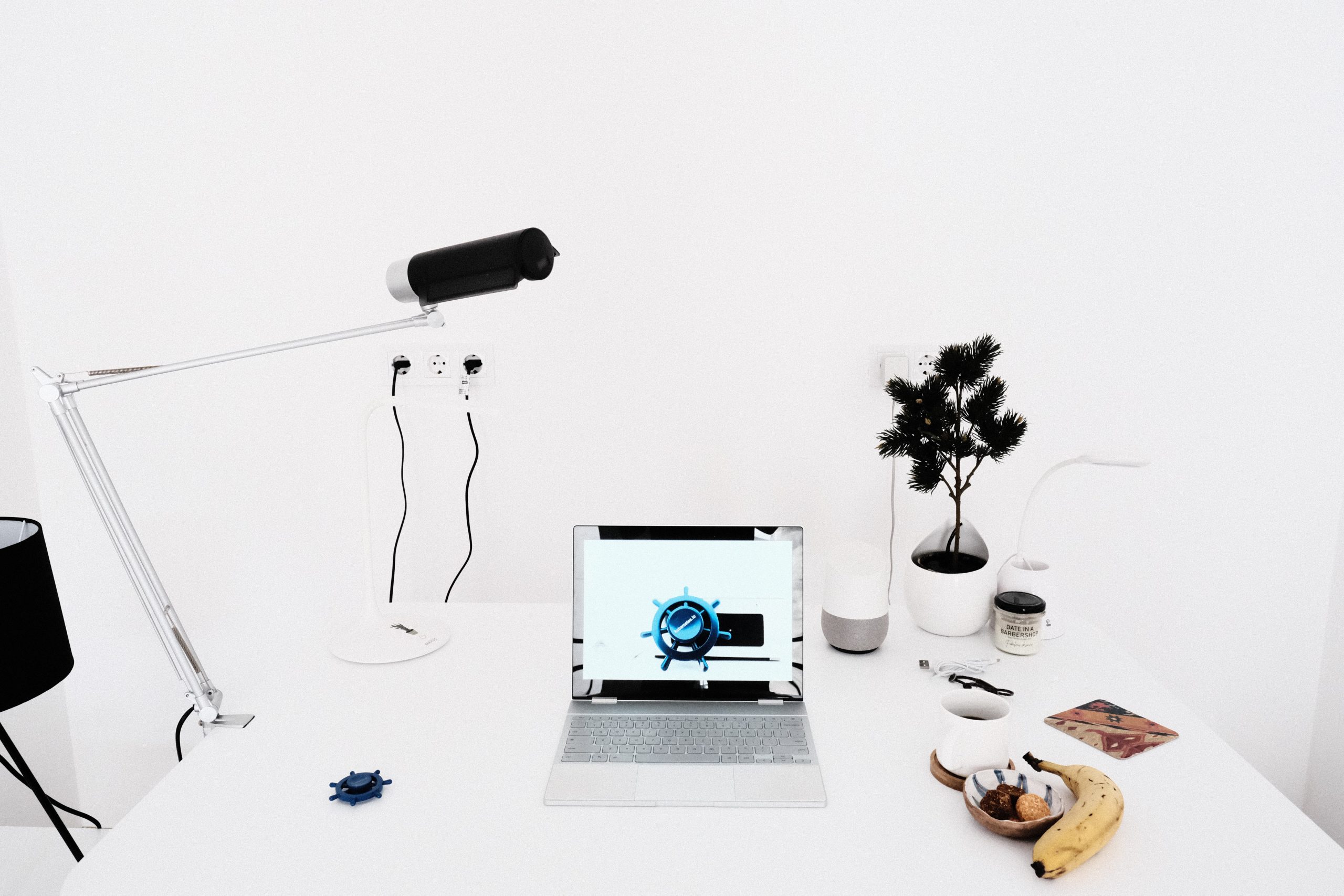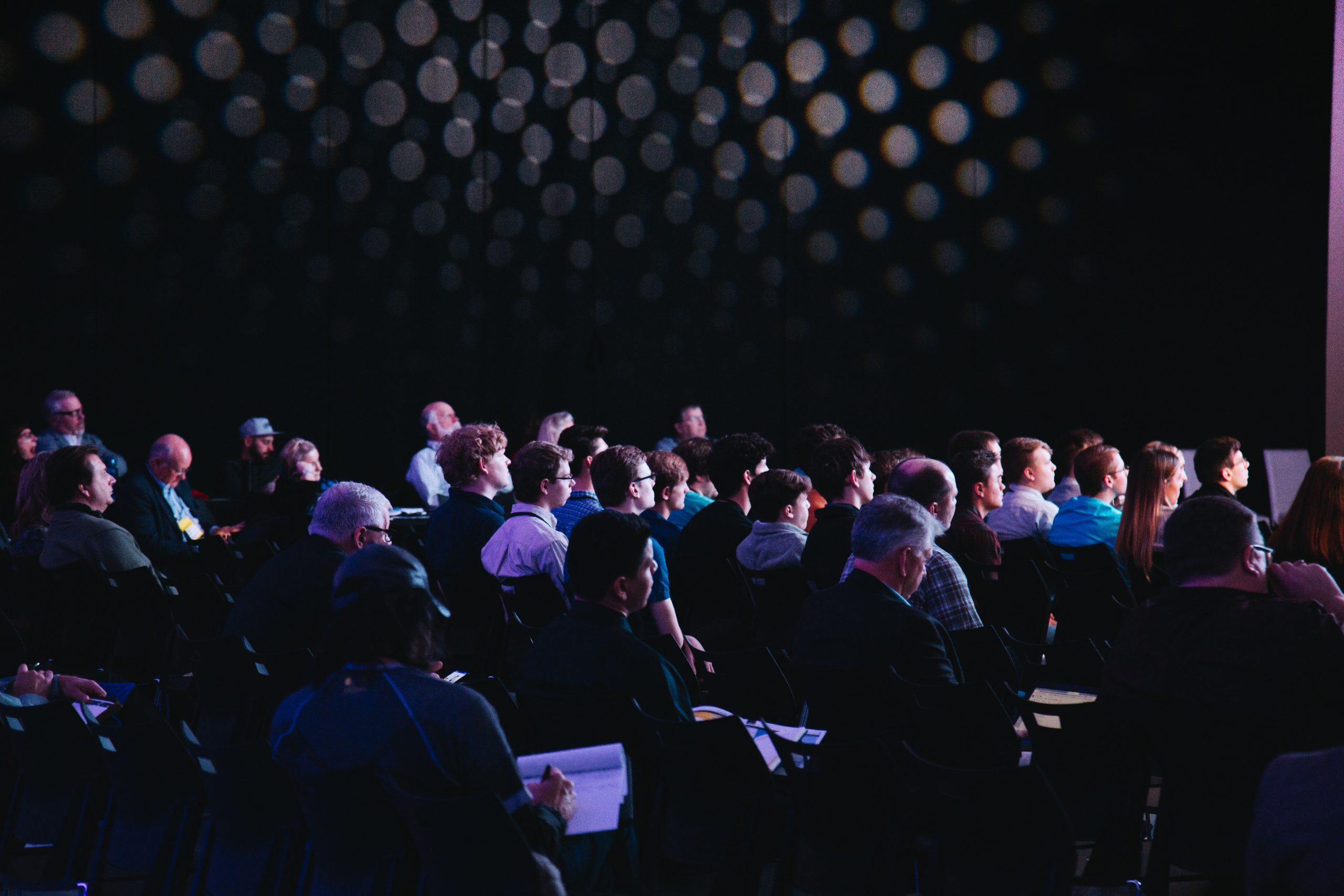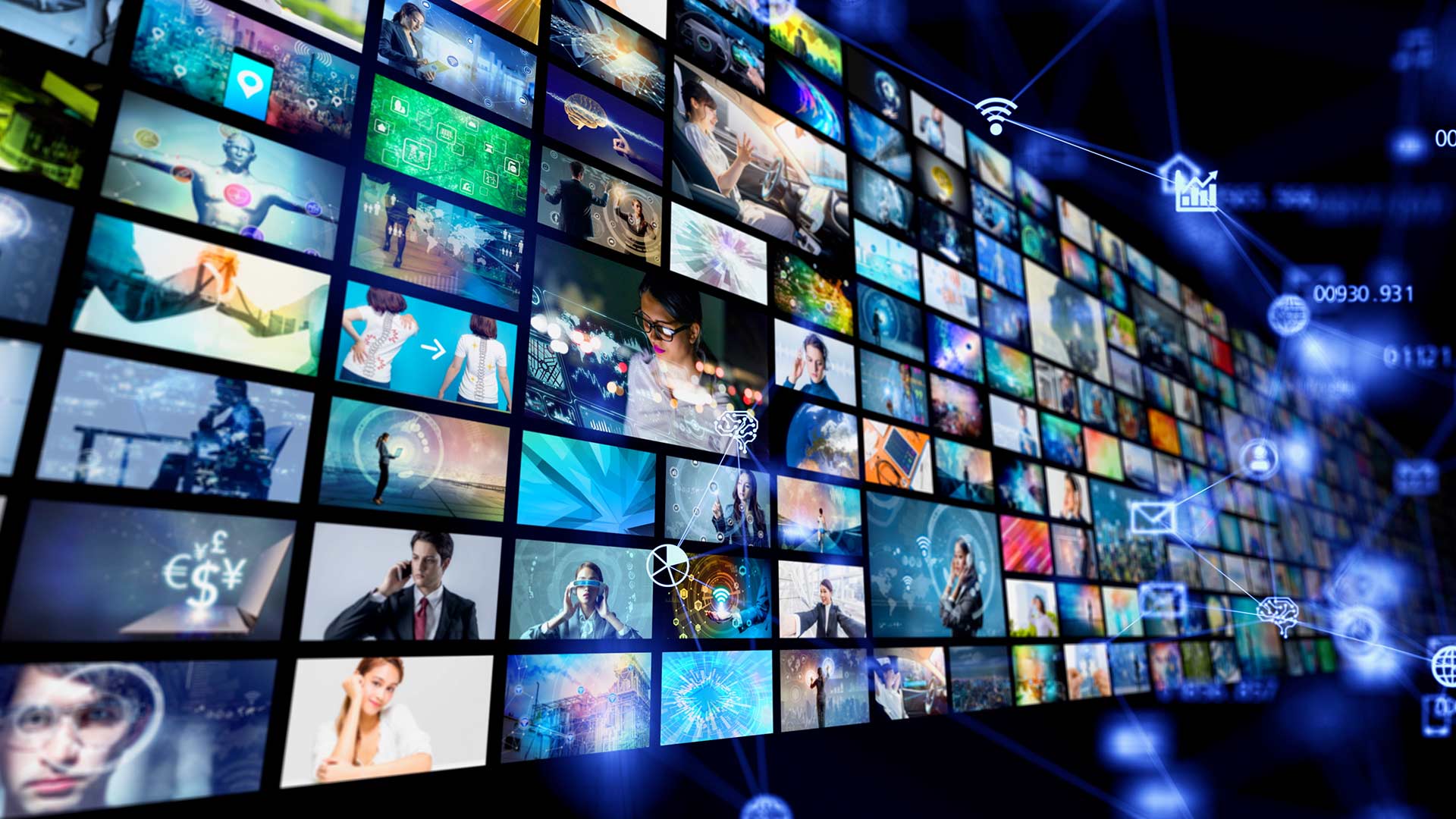On Episode 41 of The Tech That Connects Us John Clifton and Dan Jeffery were joined by Subha Shrinivasan Senior Director, Customer Success at Robin.io.
Subha has over 20 years of experience across virtualization, datacenter, and cloud-native technologies. It was a great chance for us to talk about all things Kubernetes and more specifically the future of Kubernetes.
Here’s what Subha had to say when it comes to Kubernetes.
“Kubernetes is a very disruptive technology, and it’s going to disrupt two or three major trends we are seeing in the market. The first one is that it’s going to completely disrupt AI and machine learning. AI and machine learning are going to be the heart of every business in a few years from now, there won’t be a business that doesn’t use an AI or machine learning stack.
So, there is not going to be an AI or machine learning stack that is not deployed on Kubernetes, in the future at least 90% of the workloads that are built on EMR will be hosted on Kubernetes.
Here’s why. See unlike other technology stacks such as AI and machine learning, which are actual services with technology that are constantly changing, it’s not just one application it’s a combination of multiple applications or what we call an application pipeline, that is stitched together to deliver AI or machine learning as a service. You don’t want to be locked into one technology stack, you want to be able to have the flexibility of being able to combine different stacks and adapt them for the use case.
Secondly, the integration with DevOps is going to be extremely critical as there is continuous innovation, development and improvisation going on. Machine learning is like a feedback loop, you derive certain analytics, you pass it back. So, it’s a process of continuous development. If you get locked into one technology stack or one infrastructure that is like this giant gorilla which is difficult to move, then you’re not going to be able to use machine learning efficiently and your results won’t be accurate. Then your predictive analytics will fail.
Kubernetes plays a major role in this because the way it is designed is that it’s very flexible to changes in your deployments. It’s logged into the infrastructure and then nothing is logged and sealed into the infrastructure, so you’re able to continuously move around the pods, you’re able to continuously move around the infrastructure and you’re able to use the same infrastructure and build any application or integrate with the DevOps stack and be able to move in a matter of a few hours or minutes rather than taking days and disrupting existing infrastructure.
My prediction is that there’s not going to be any Amazon stack in the future without coordinators on the platform.”
Every Wednesday we sit down with some of the biggest names in our industry, we dedicate our podcast to the stories of leaders in the technologies industries that bring us closer together. Follow the link here to see some of our latest episodes and don’t forget to subscribe.


